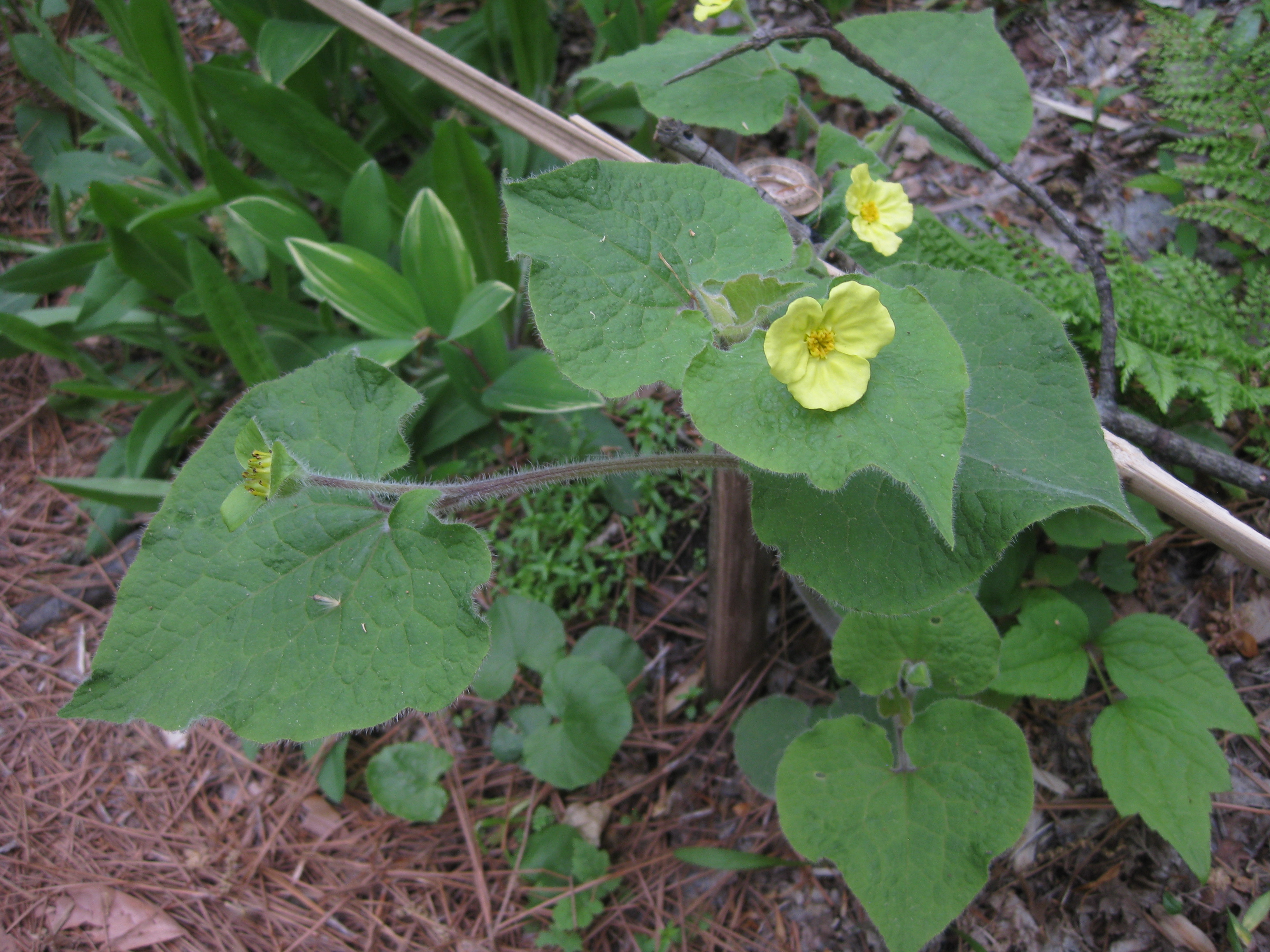Resource Library
Plant of the Week: Saruma henryi; Upright Wild Chinese Ginger
Like Joe Friday said on the old Dragnet series, “Give me the facts mam, just the facts.” Anyone paying attention knows that facts are fluid things and they keep changing. I went into preparation for this piece on Upright Wild Chinese Ginger (Saruma henryi), thinking this would be an easy one to knock out. Then I hit a bewildering wall of facts that changed my understanding of the plant kingdom.

Upright wild ginger is a relative to our wild ginger that has a long backstory. (Image courtesy Gerald Klingaman.)
Upright wild ginger is an herbaceous perennial of the pipevine family that hails from the mountainous provinces of southwestern China. It is monotypic, meaning there is only one species in the genus but it is at least distantly related to the true gingers of the genus Asarum.
This perennial begins growth in mid spring from a slowly spreading rhizomatous rootstock. New leaves are purplish-green, produced opposite each other on the eighteen-inch-long stem and shaped like a four to five-inch-long ace of spades. The long petiole is as long as the leaf blade or slightly longer. The entire plant is covered with a thick but short pubescence. When crushed the leaves have a kind of antiseptic smell.
As the stems elongate and push upward, solitary, inch wide, three-petaled yellow flowers are produced on slender two-inch-long pedicels directly from the petiole and displayed above the foliage. As long as the stem is growing and new leaves re being formed, the plant will remain in bloom. If conditions improve during the summer to encourage new growth, flowering may commence later in the season. Individual flowers remain open a few days and each plant may have several blooms, but the plant is never densely covered in flowers. The fruit appears triangular (due to the persistent calyx) with a flattened, six-carpeled dehiscent follicle.
As we learned back in the day, and some still remember, higher plants can be conveniently considered as being either an angiosperm or gymnosperm. The gymnosperms are the conifers (pines, firs, etc.) while the angiosperms are all the flowering plants. In turn, the angiosperms can be conveniently divided into monocots (one seed leaf at germination) and dicots (two seed leaves at germination). But, starting in the late 1980s plant taxonomists began using genomic techniques to assess plant relationships, and everything changed.
In traditional monocot/dicot days, monocots were built on a plan of one, three and six. One cotyledon, three petals and six carpels for example. Dicots were built on the model of two cotyledons and four (or five) petals and carpels. There were lots of variants, but that was the basic plan. Then along came a plant like Saruma henryi, with two cotyledons and three petals and six carpels. It didn’t fit.
To make the relationship charts make sense after DNA became widely used to assess kinship, since 2016 angiosperms are now divided into eight categories, a couple of which are probably evolutionary dead ends. The “core angiosperms” have five groups with the eudicots, magnoliids, and monocots being of most interest to gardeners.
The first angiosperms appeared about 130 million years ago with the magnoliids appearing soon after that. These early to appear plants had two cotyledons, so under the old system were dicots by default. Monocots, along with a wave of new dicotyledonous plants appeared in the Cretaceous about the time dinosaurs were going extinct. So, to make the new family trees work, plants which share characteristics of monocots and dicots are called magnoliids; plants with traditional “2, 4(5)” architecture are called eudicots (good dicots); and monocots are still monocots. Saruma is a magnoliid because it has two cotyledons but three petals and six carpels. In this new system, the term dicot is abandoned. Other than sharing a common name and some rudimentary floral features, Saruma and Asarum are not especially closely related.
Upright wild ginger was discovered by Augustine Henry about 1890 and introduced back to Kew Gardens in England. It has long been a favorite of botanists trying to untangle the relationship of plants, but it does not appear to have been offered in the garden trade here until about 1992 when the National Arboretum made plants available to nurseries and arboreta around the United States.
Saruma is an easy to grow plant in the woodland garden provided it does not stay too wet over winter. It is hardy from zones 5-8. It is reported to be deer resistant and often suggested as an herbaceous groundcover, though its tall and somewhat lanky form makes that seem unlikely to me. Propagation is by springtime division or by seed. It may occasionally reseed, but it not considered invasive.
For more information about horticulture or to see other Plant of the Week columns, visit Extension’s Website, www.uaex.uada.edu, or contact your county extension agent. The Cooperative Extension Service is part of the U of A Division of Agriculture.